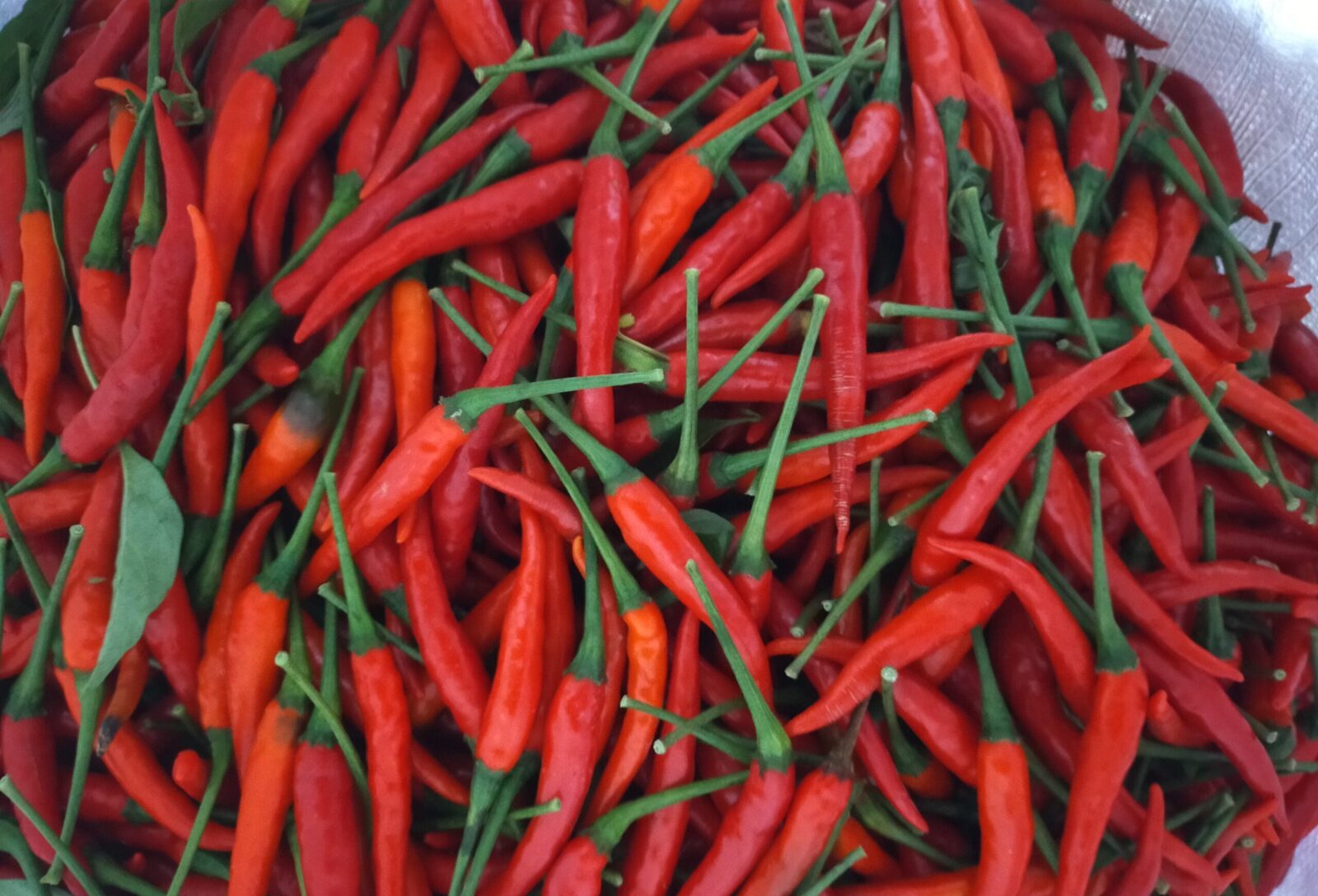There sure is a lot of hype surrounding organic spices; but instead of blindly following the advice of the latest trend on social media, it pays to know the difference between organic and non-organic spices before you sign up for either. Most people think that organic farming is a new fad, however, countless generations have thrived on conventionally grown spices. This is also the point where you need to factor in the alarming rate of deterioration of the soil, as well as the massive use of chemicals to boost and speed up the cultivation process. Read on to find out whether the advancement of science is a boon or bane in the conventional cultivation process.
DIG UP THE DIRT:
Ever considered digging up the dirt about where your spices are actually growing? The quality of the soil plays an important role in the nutritional content of the cultivated spices. In non-organic farming techniques, the main concern is timely yield, and all kinds of chemical fertilizers and pesticides are used to meet that end. Little to no thought is given to the quality of the soil. There have been multiple cases reported of traces of lead from the soil being absorbed by the turmeric plant, that remained in the end product of the spice as well. In the case of organic farming, such scenarios can easily be avoided, as a detailed study regarding all aspects of the cultivation process is done right at the beginning.
HARMFUL ANTI-CLUMPING AGENTS:
It is a common practice to use anti-clumping agents in powdered spices, to avoid the formation of lumps when they are packaged. What many don’t know is that, once again, harmful chemicals like sodium aluminsilicate, sodium ferrocyanide, calcium silicate and silicon dioxide are used for this process. Even more troubling is the fact that manufacturers do not need to mention the anti-clumping agents in the ingredients list. Organic spices, on the other hand, forego such anti-caking agents to maintain the integrity of the product.
PESTICIDE OVERDOSE:
One of the main reasons to switch to organic spices is the fact that it does not use any synthetic chemicals and pesticides for the cultivation process at all, and instead substitutes it with organic manure and bio fertilizers. This ensures that you are consuming the wholesome goodness of the spices, and not a pesticide-laden by-product, as in the case of non-organic spices.
UNWANTED FILLERS:
In order to bring down the costs of bulk production and enhance flavors, non-organic spices use additional fillers and flavors, some of which are downright harmful for your health. In a recent survey, it was found that a conventionally produced spice contained high levels of MSG (Mono Sodium Glutamate). In spite of being an excellent flavor enhancer, it is deemed as a ‘silent killer’ by health experts. Such scenarios can never occur in the case of organic spices, as no additional flavor enhancers or fillers are used. So, it pays to be more prudent of what you purchase.
CARCINOGENIC STERILIZATION:
Non-organic spices use two sterilization methods before the spices hit the markets viz. fumigation and irradiation. In fumigation, harmful chemicals like ethylene oxide are used to kill the bacteria and other microbes, and while it is successful in doing that, it is also extremely toxic to humans. This hazardous chemical is found to be linked with nervous system failures and various cancers in workers who are exposed to it. In fact, European nations have banned the use of such fumigation processes that use ethylene oxide. The irradiation method is equally hazardous, as it uses electromagnetic radiations to curb the microbial population in the spices. This has several negative effects on the spice as its chemical composition is disturbed; as a result of these findings, the irradiation method is banned in Japan. Cut to organic spices, where only safe sterilization methods like steaming is done that use nothing but plain water.



